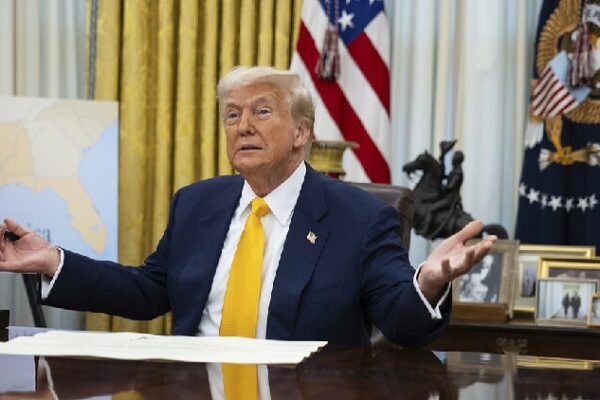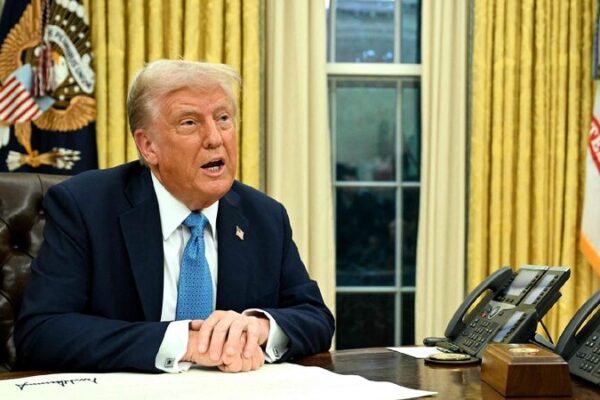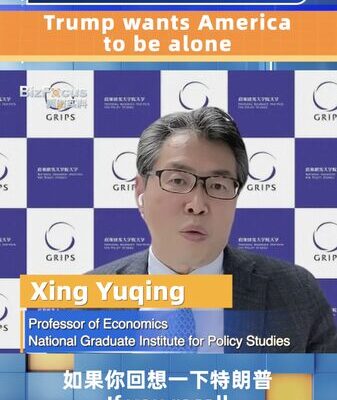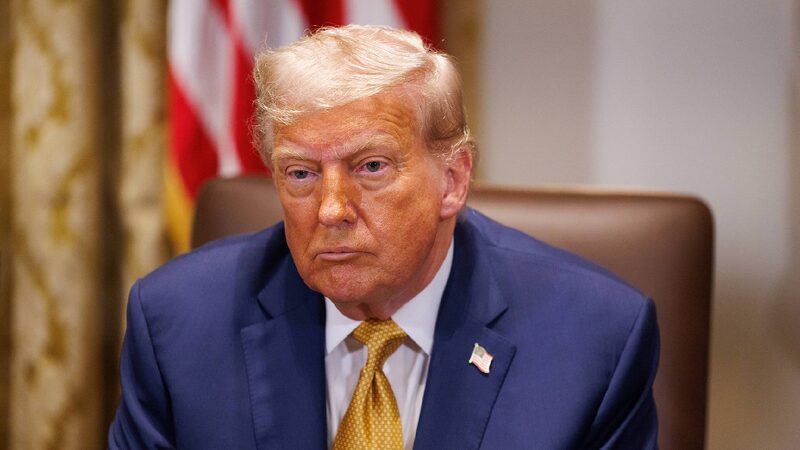The United States, under the previous administration, doubled down on tariffs with the belief that economic pressure could force trading partners to yield to American demands. The logic seemed straightforward: as the world’s largest economy, the US could leverage its position to set favorable terms in global trade. However, this strategy may be backfiring, potentially isolating the US from the global economy.
The Flaws in the Tariff Strategy
The tariff approach aimed to protect domestic industries and reduce trade deficits by imposing taxes on imports. But this method overlooks the interconnected nature of today’s global economy. Yuqing Xing, a professor at the National Graduate Institute for Policy Studies in Tokyo, explained, “The United States thinks it has all the leverage because of its size, but this isolationist stance is causing strain with traditional allies and trading partners.”
Economic Costs of Increased Tariffs
Tariffs often lead to higher costs for consumers and businesses. Studies have shown significant economic impacts due to the trade war initiated during that period. For instance, a 2019 report estimated that the trade conflict could cost the US economy hundreds of billions of dollars.
Maurice Obstfeld, a senior fellow at the Peterson Institute for International Economics, warned that such tactics could lead to a “retraction of global supply chains.” Countries may seek to decouple from the US market if risks are deemed too high. Christine McDaniel, a senior research fellow at the Mercatus Center, questioned the relevance of international trade organizations if major economies unilaterally impose tariffs under national security pretexts.
Geopolitical Repercussions
Beyond economics, tariffs can undermine geopolitical influence. “If you hear Brazilian politicians talking these days, many are saying the US is not the reliable partner it used to be,” said Fernando Brancoli of the Federal University of Rio de Janeiro. Emerging markets are increasingly turning to other regional powers for trade and investment.
Professor Warwick Powell of Queensland University of Technology noted, “Trading countries will develop workarounds and new institutions. They will build new multilateral platforms at a regional level that will facilitate an expansion of regional trade and capital flows.”
The Rise of Regional Trade Agreements
As the US retreats from traditional roles in global trade, other nations are forging new alliances. The European Union has signed trade agreements with Japan, Canada, and the South American trade bloc Mercosur, reducing tariffs and creating new opportunities.
The Comprehensive and Progressive Agreement for Trans-Pacific Partnership (CPTPP), originally including the US, moved forward without it after the US withdrawal. This agreement connects 11 countries and accounts for over 10 percent of global GDP.
Another significant development is the Regional Comprehensive Economic Partnership (RCEP), now the world’s largest free trade agreement. RCEP covers about 30 percent of the global population and GDP, simplifying trade regulations and reducing tariffs among member countries.
The Long-Term Implications
Globalization continues to shape the modern economy, increasing interconnections through trade and investment. By alienating key partners and disrupting supply chains, the US may be undermining its own economic competitiveness and global influence. If such policies persist, the US risks being sidelined as other nations advance in the currents of globalization.
Reference(s):
cgtn.com








